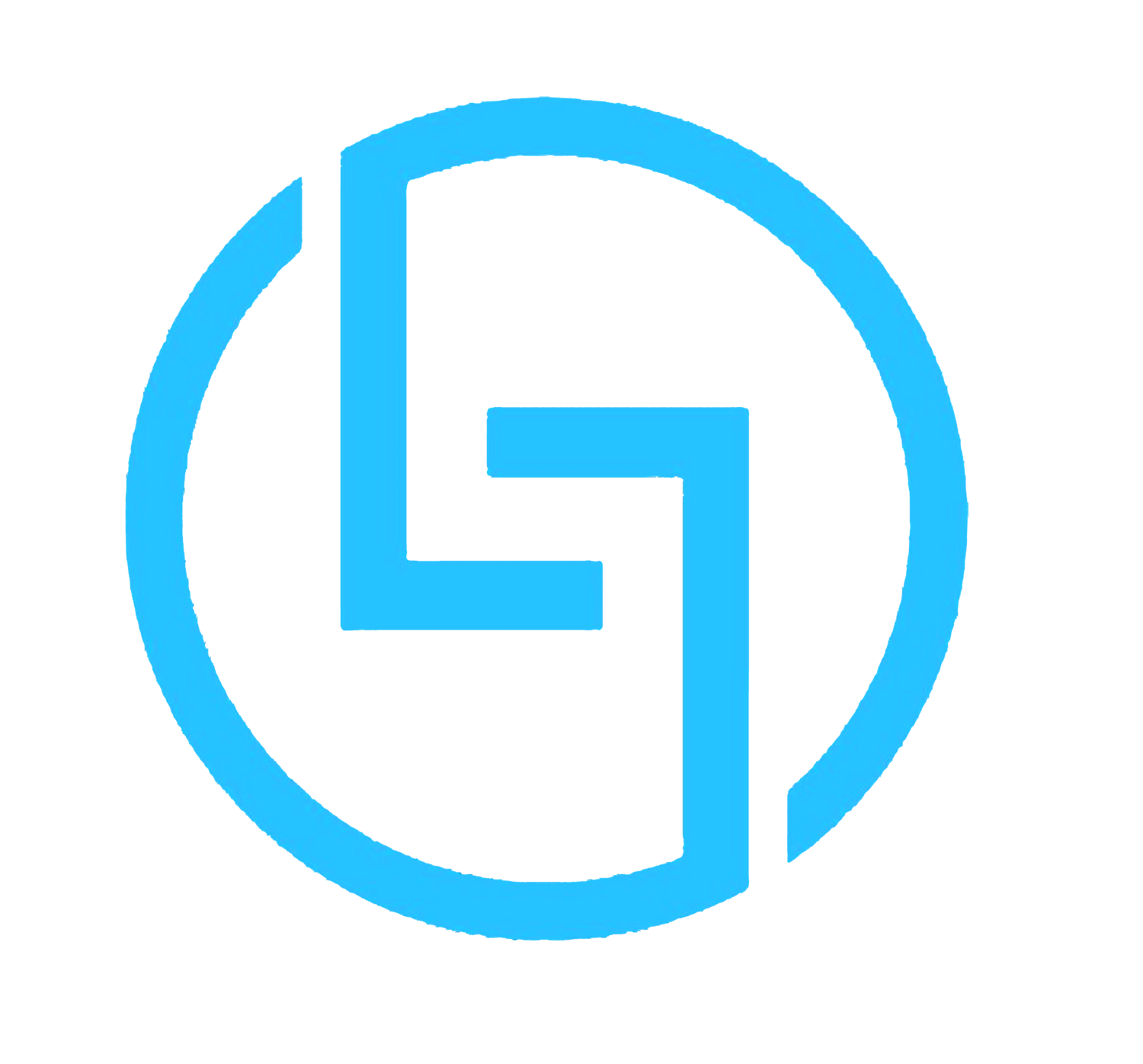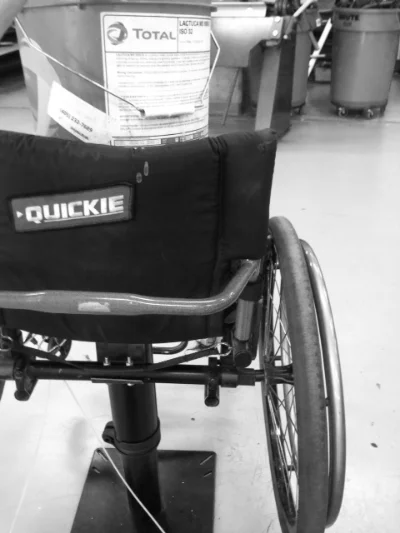Insurance Industry Hassles
That just leaves the last of our tests this week to talk about, The Insurance Question, or: Can Levaté be insurance reimbursable? We had heard anecdotal evidence that power lift devices might be considered medically necessary by insurance if they were instrumental in helping the user transfer in and out of their power chair, for example. Our thoughts are that we could make a similar argument for Levaté, and we wanted to talk to a decision maker in the industry to confirm this and understand what process a wheelchair user would need to go through to get a Levaté unit reimbursed by their insurance company.
First, the good news! It looks like the process for registering a product with the Veteran's Administration (VA) is very straightforward: you go to sam.gov and complete a registration process there for the device. Once it's registered, the VA will pay for 100% of the device. The only hard part after that is generating the word-of-mouth among wheelchair users and PTs: The former so that they ask their PTs for them, and the latter so that they recommend Levaté to their patients. If a purchase is under $3,000, then it's approved immediately by the local VA hospital with a minimum of red tape.
On the other hand, it looks like both manufacturers and wheelchair users are opting out of medical reimbursement entirely.
One wheelchair accessory manufacturer explained why they opted out of trying to get their device (the FreeWheel) coded by insurance companies. The fee you pay Medicare- who sets the trends for the entire industry- is $50,000 just to begin the coding process. And there's no guarantee that the insurance code will be approved. Even if it is, you pay $8,000 annually to maintain the code and insurance providers can still deny a claim for that code if they feel there's a reason to (ie if they can save money and get away with it).
Wheelchair users are also opting out of insurance due to the hassle and 6-12 month wait. That means that a wheelchair user with a chair that's falling apart could wait up to a year from the time they file their insurance paperwork before they get their new chair, as was the case for one of the wheelchair users we spoke with a couple days ago.
Scott at Tri State Medical, a wheelchair dealer, noted that 30-40% of his customers opt out of trying to get insurance to reimburse their purchases and instead pay for their new wheelchairs out of pocket. This is even more so the case for purchases under $1,000. At $500, he said most wheelchair users won't even bother trying to get a device reimbursed by their insurance- it's just not worth it.
Clearly there are some things very wrong with the American insurance system. Until there is industry-wide reform, we can at least equip wheelchair users with the tools they need to try for insurance reimbursement of Levaté with their private insurance. Freewheel, which I mentioned above, provides instructions for wheelchair users on their website to get their doctors or PTs to prescribe their accessory in such a way that it is seen as a medical necessity and can be covered under the "Miscellaneous Wheelchair Accessory" code K0108. This may be the best workaround for those who have private insurance and can't afford Levaté on their own.









